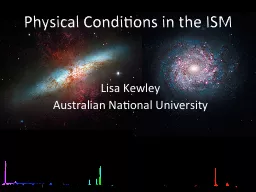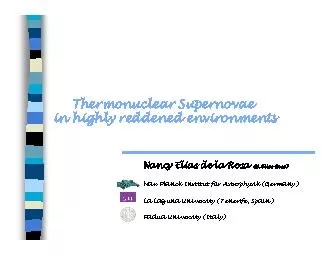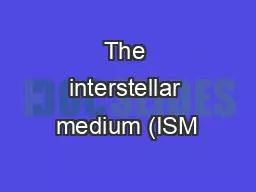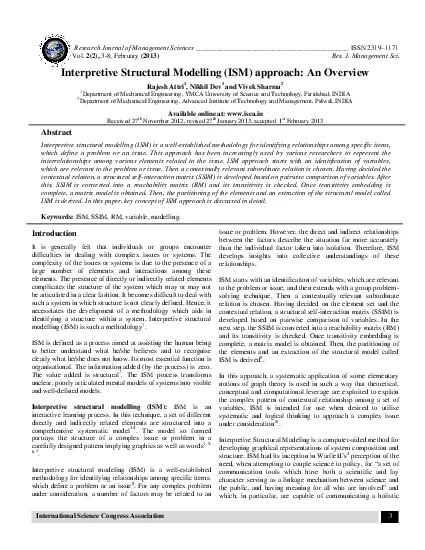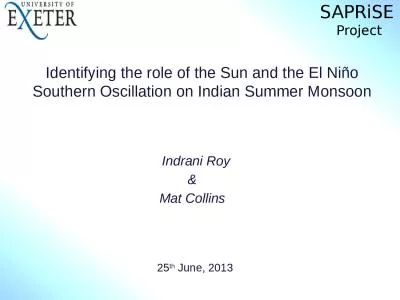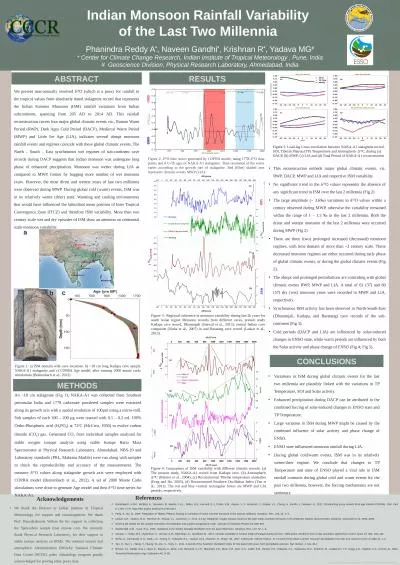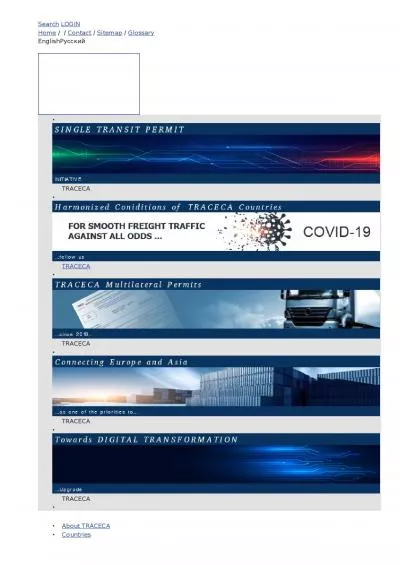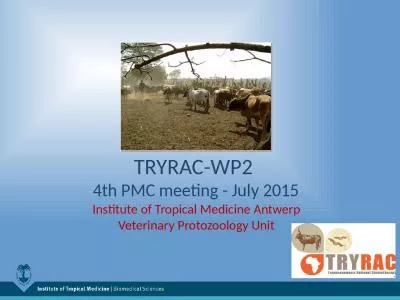PPT-Physical Conditions in the ISM
Author : backbays | Published Date : 2020-06-24
Lisa Kewley Australian National University Thank you to the LOC and SOC Jeff Rich ITing Ho Rebecca Davies Anne Medling Credit goes to Elise Hampton David Nicholls
Presentation Embed Code
Download Presentation
Download Presentation The PPT/PDF document "Physical Conditions in the ISM" is the property of its rightful owner. Permission is granted to download and print the materials on this website for personal, non-commercial use only, and to display it on your personal computer provided you do not modify the materials and that you retain all copyright notices contained in the materials. By downloading content from our website, you accept the terms of this agreement.
Physical Conditions in the ISM: Transcript
Download Rules Of Document
"Physical Conditions in the ISM"The content belongs to its owner. You may download and print it for personal use, without modification, and keep all copyright notices. By downloading, you agree to these terms.
Related Documents

